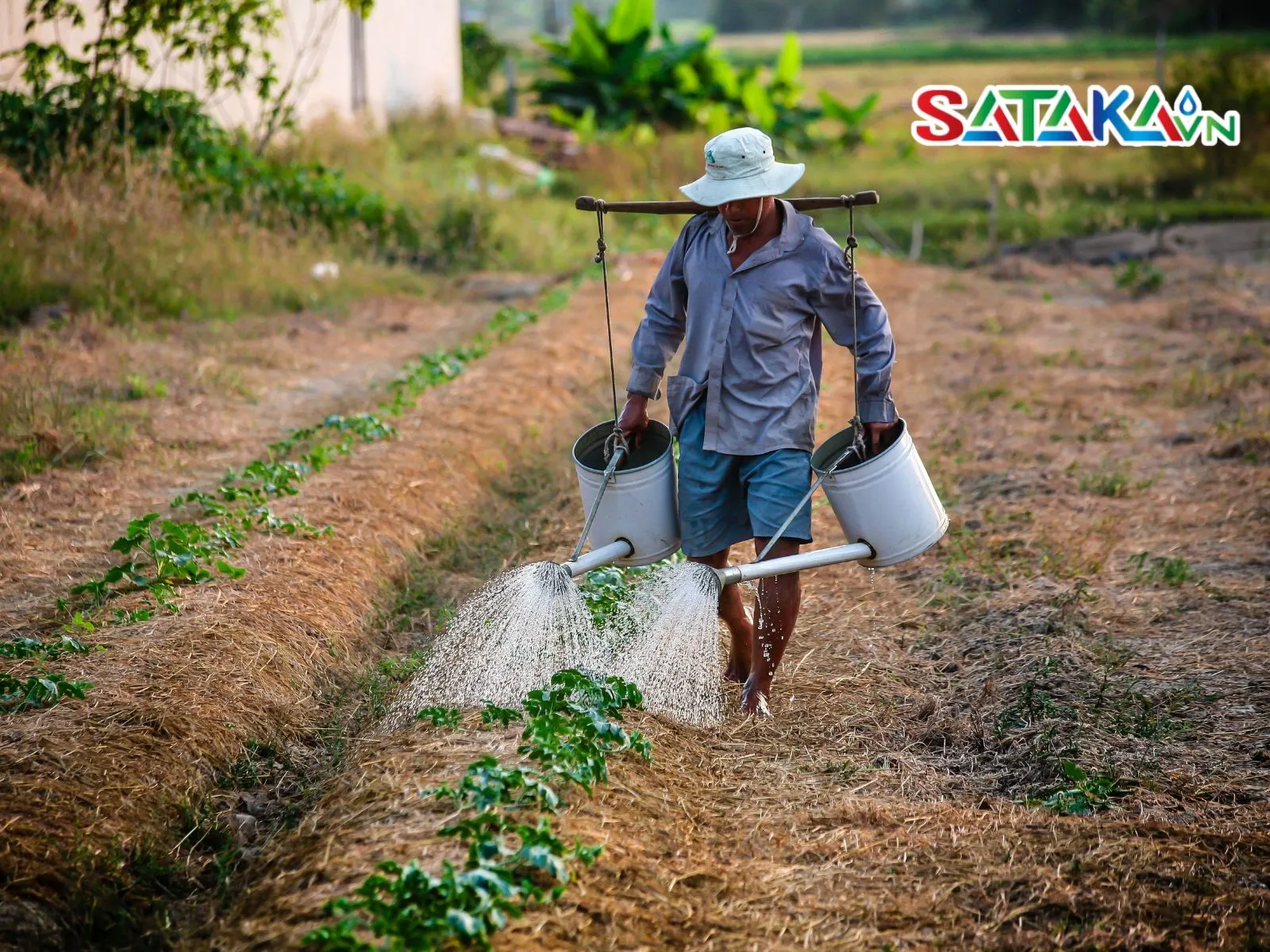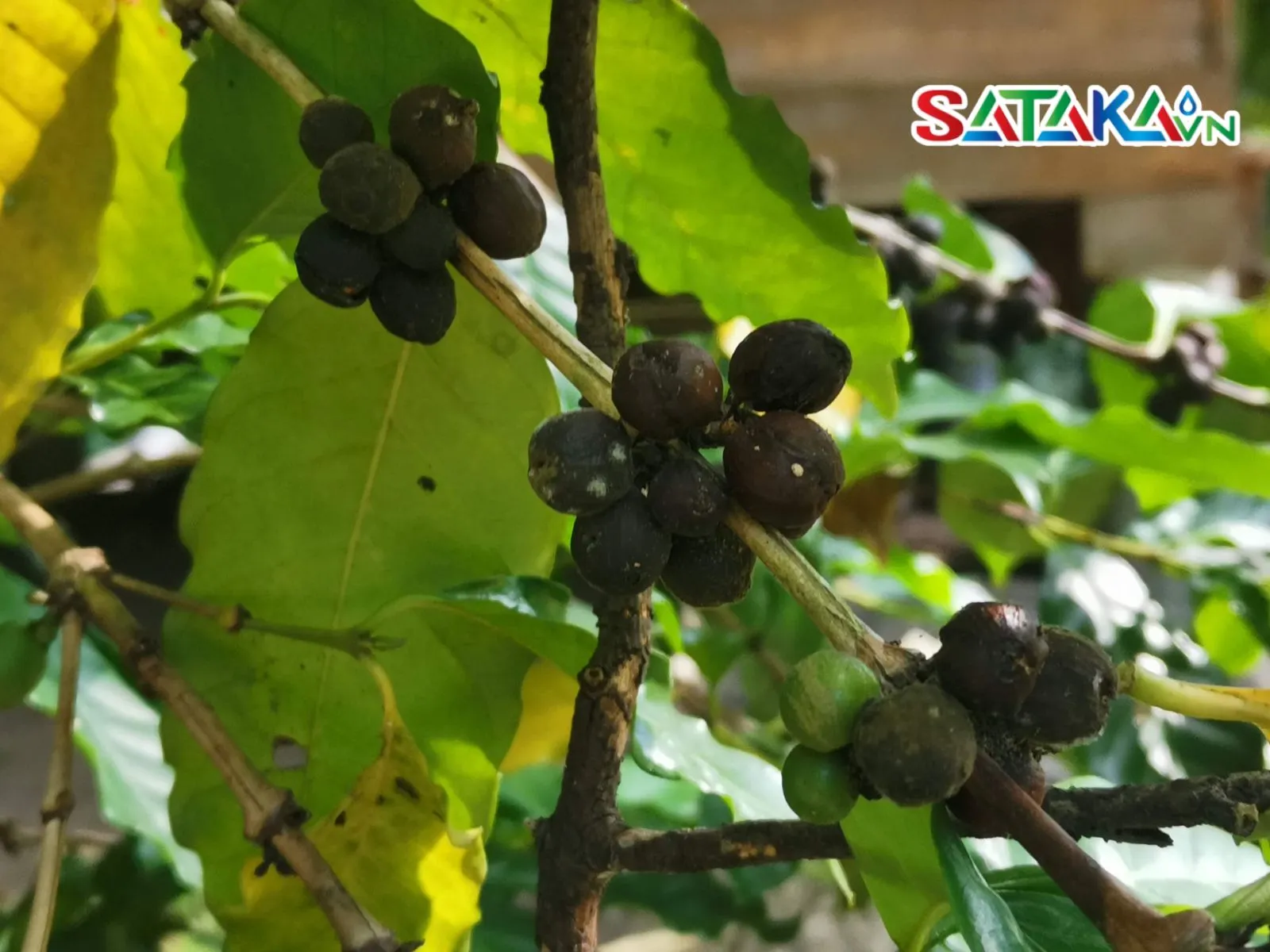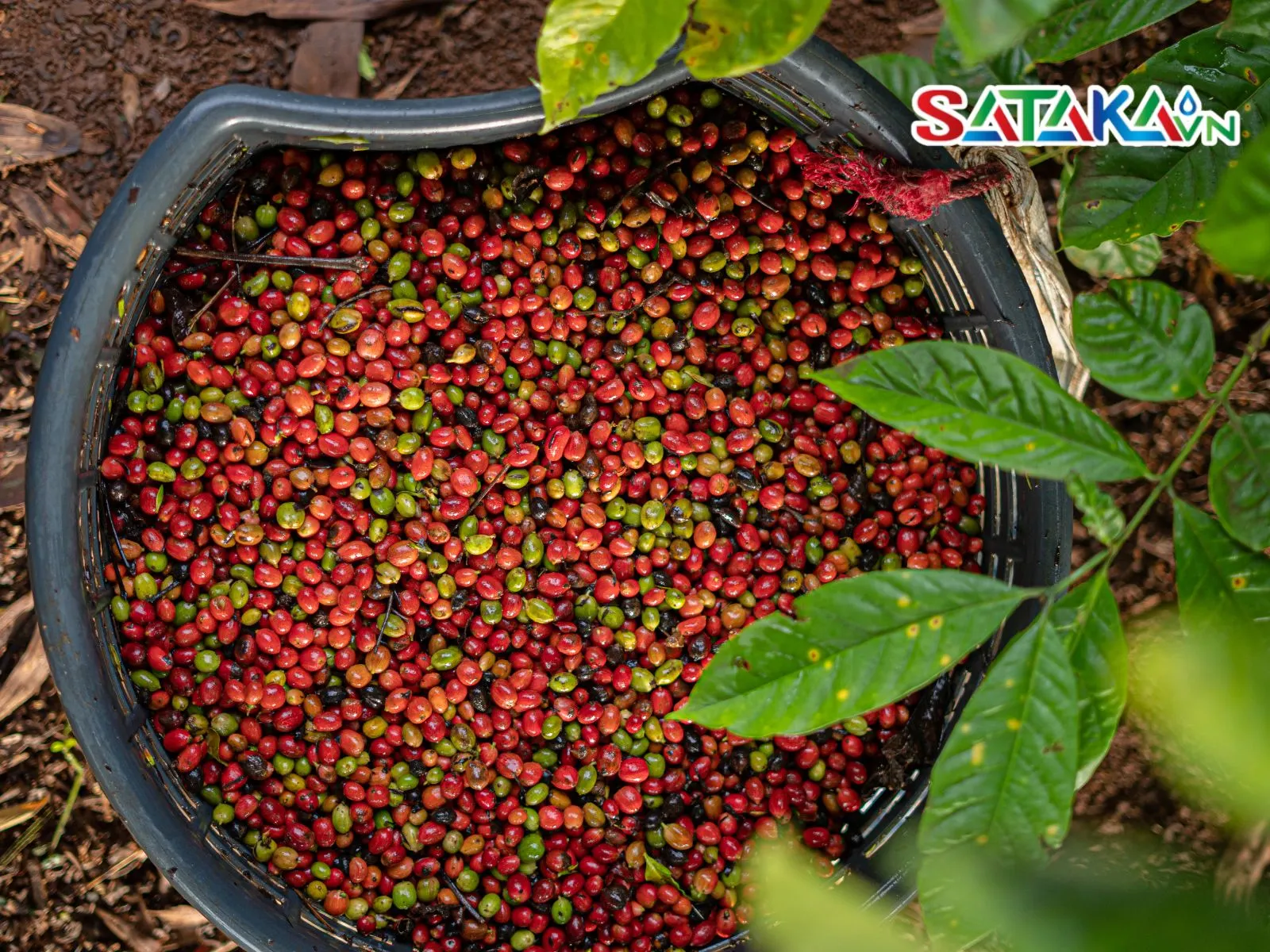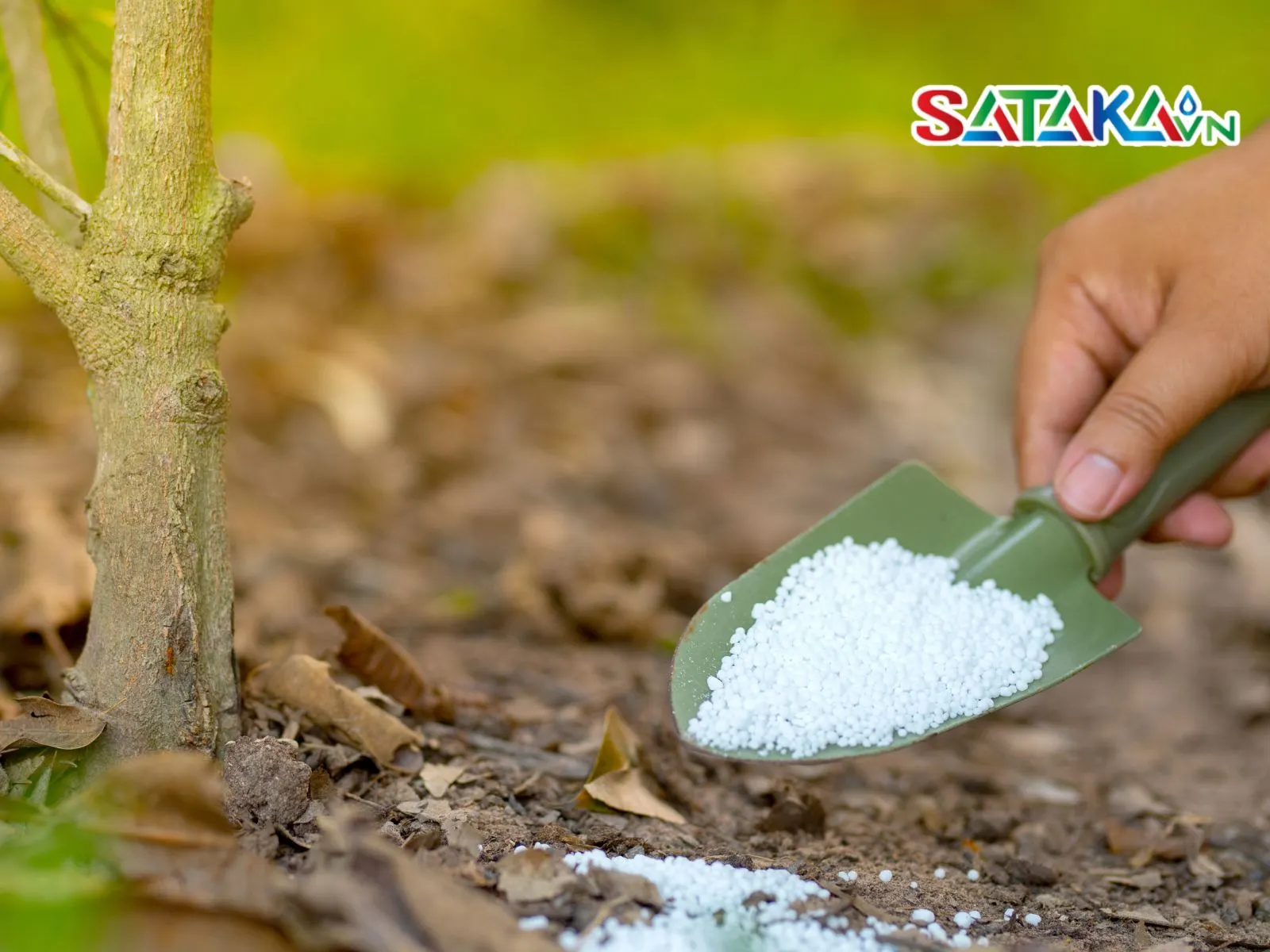Find out the cause of coffee branch dry disease and how to recognize it early to protect your garden effectively.
Coffee branch drying disease is a significant concern for coffee farmers, often leading to severe economic losses. What causes this disease, how can it be identified, and what can be done to prevent it? This article by Satakai will provide you with a comprehensive understanding of coffee branch drying disease and how to protect your crops effectively.
There are various causes of branch drying in coffee plants, the most common being fungal infections and unfavorable environmental conditions.
The fungi Colletotrichum and Fusarium are the most common pathogens responsible for coffee branch drying disease. They attack branches and bark, gradually weakening the plant and causing it to wither. Once infected, the fungi can easily spread across the coffee plantation, making it increasingly difficult to control the situation.

Improper watering
Harsh weather conditions such as drought, high temperatures, or excessive humidity create ideal conditions for fungal growth. In particular, during the rainy season, when air humidity is high, fungal spores can easily spread through air and water, increasing the risk of infection.
Improper irrigation, lack of branch pruning, or insufficient fertilization can weaken coffee plants, making them more vulnerable to fungal and bacterial attacks.
To prevent and effectively treat coffee branch drying disease, early detection of symptoms is crucial. The disease can be easily identified by the following signs:

Symptoms of dry twig disease on coffee trees
Coffee branch drying disease causes significant harm to coffee plants, reducing both yield and fruit quality. If not detected and treated early, the disease can spread across the plantation, leading to substantial losses for farmers.

The coffee tree has small seeds
Prevention is better than cure. Implementing preventive measures is crucial to protecting coffee plants from branch drying disease. Here are some effective methods:

Fertilize properly
If plants are already infected, timely treatment is essential to minimize damage. Follow these steps to treat coffee branch drying disease:
Fungicides containing active ingredients like Mancozeb, Hexaconazole, or Carbendazim are often recommended for treating branch drying disease. Prepare and apply the fungicides according to the manufacturer’s instructions for optimal results.
Remove infected branches to prevent the spread of fungi. The removed branches should be disposed of or burned to completely destroy the pathogens.
After treatment, provide extra care by supplementing the plants with fertilizers and water to help them recover and continue to grow.

Caring for plants after treatment
Coffee branch drying disease is one of the major threats to coffee plants, directly affecting bean quality. Proper plant care and timely intervention are essential to control the disease and protect your coffee plantation. Sataka hopes this article provides you with useful insights to better protect your crops.